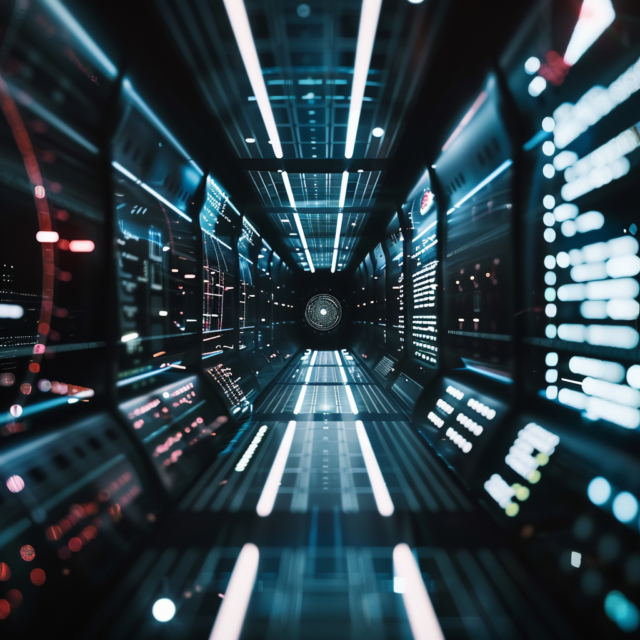Artificial intelligence (AI) possesses the extraordinary ability to equip machines with human-like intelligence, enabling them to learn, solve problems, and make decisions. This technology has already transformed numerous business processes. At anyRM, we believe that one of the critical components of operational success—compliance with Standard Operating Procedures (SOPs)—will significantly benefit from the integration of artificial intelligence. By harnessing AI, anyRM anticipates major improvements in the efficiency, accuracy, and reliability of SOP compliance monitoring and management. AI’s capabilities will allow businesses and organizations to automate the tracking and auditing of SOP adherence, thus minimizing the risk of human error. Moreover, AI-driven analytics will offer deep insights into the execution of SOPs.

SOP compliance extends beyond merely following guidelines; it involves ensuring that every action undertaken is in line with the company’s commitment to quality, efficiency, and regulatory adherence. Traditional methods of monitoring SOP compliance, which often rely on manual checks and exhaustive audits, are not only time-consuming but also prone to human error, resulting in them being less reliable and efficient.
Having achieved ISO 9001 certification, anyRM’s commitment to quality and continuous improvement is of utmost importance. As a compact team, we have embarked on a journey to explore and integrate AI technology to enhance SOP compliance monitoring. This blog series aims to unveil the insights and outcomes of our extensive brainstorming sessions, highlighting how AI can revolutionize this crucial business operation.
For instance, AI can automate the monitoring and auditing process, making it more efficient and accurate. Additionally, AI has the capability to analyze large volumes of data, identifying patterns and anomalies that would be challenging for humans to detect. The advantages of using AI for SOP compliance monitoring are clear and manifold. Once implemented and fully operational, AI can ensure accurate and consistent monitoring. Unlike humans, machines do not experience fatigue, boredom, or distraction, enabling them to monitor SOP compliance 24/7 without compromising on accuracy.
Furthermore, AI enables real-time monitoring and alerts, allowing businesses to receive notifications whenever there is a deviation from SOPs, thus facilitating immediate corrective action. Finally, AI helps reduce human errors. Even when performing routine tasks, humans can make mistakes. Automating SOP compliance monitoring reduces the risk of human error and ensures consistent adherence to SOPs.
Are there any specific examples or scenarios? Certainly. In the context of a restaurant chain, maintaining hygiene and food safety standards is crucial to ensure customer health and compliance with health regulations. These companies establish Standard Operating Procedures for kitchen cleanliness, food storage, and preparation processes. To guarantee consistent adherence to these SOPs, a restaurant chain employs an AI-based monitoring system, which includes digital checklists and sensors.
One evening, the AI system detects that the temperature in one of the refrigeration units at a specific location is rising above the SOP-defined threshold for safe food storage. This deviation could potentially result in food spoilage and pose a health risk if not promptly addressed.
Upon detecting this anomaly, the AI system immediately alerts the restaurant manager and the head chef on duty, providing details about the affected refrigeration unit and the current temperature. Thanks to this alert, the kitchen staff quickly investigates and finds that the door of the refrigeration unit was not fully sealed. They remedy the situation by securely closing the door and continue to monitor the temperature to ensure it returns to the safe range specified by the SOP…
Stay tuned for updates and be sure to return for the second installment of this blog post, where we will explore our vision for how AI is set to transform the SOP compliance monitoring process.

